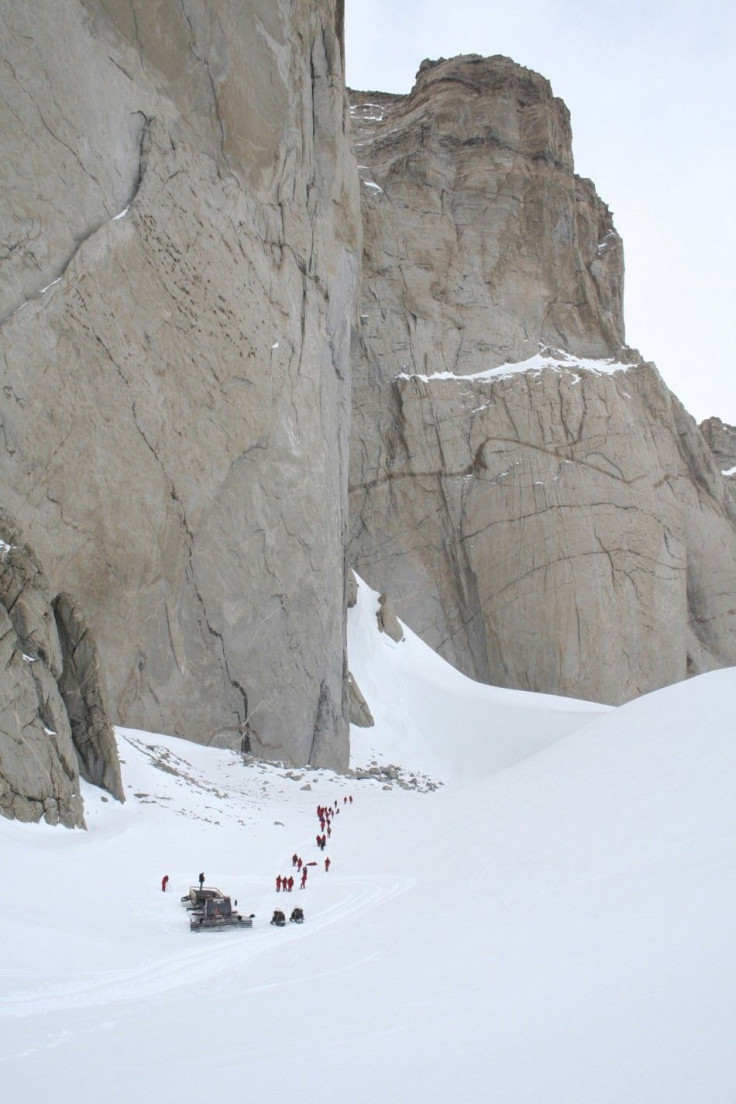Texas, Antarctica Were Once Joined in a Supercontinent: Scientists

An international team of scientists found strong evidence that parts of North America and East Antarctica were once joined in a supercontinent called Rodinia about 1.1 billion years ago, long before Pangaea.
"I can go to the Franklin Mountains in West Texas and stand next to what was once part of Coast Land in Antarctica," said Staci Loewy, a geochemist at California State University, Bakersfield, who led the study. "That's so amazing."
Loewy and her colleagues found that rocks collected from both locations have the exact composition of lead isotopes. Earlier analyses revealed that the rocks were the exact same age and have identical chemical and geologic properties.
The work is published online in the September issue of the journal Geology.
It adds strength to support the so-called "SWEAT" hypothesis, which suggests that ancestral North America and East Antarctica were joined in an earlier supercontinent called Rodinia.
The Geology Society of America issued a press release on the study in which it stated that the approximately 1.1 billion-year-old North American Mid-continent Rift System extends across the continent from the Great Lakes to Texas.
The rift extends in the subsurface beneath Minnesota, Iowa, Nebraska, Kansas and Oklahoma to the Franklin Mountains near El Paso, Texas, where related rocks are exposed, according to the release.
© Copyright Thomson Reuters 2024. All rights reserved.






















